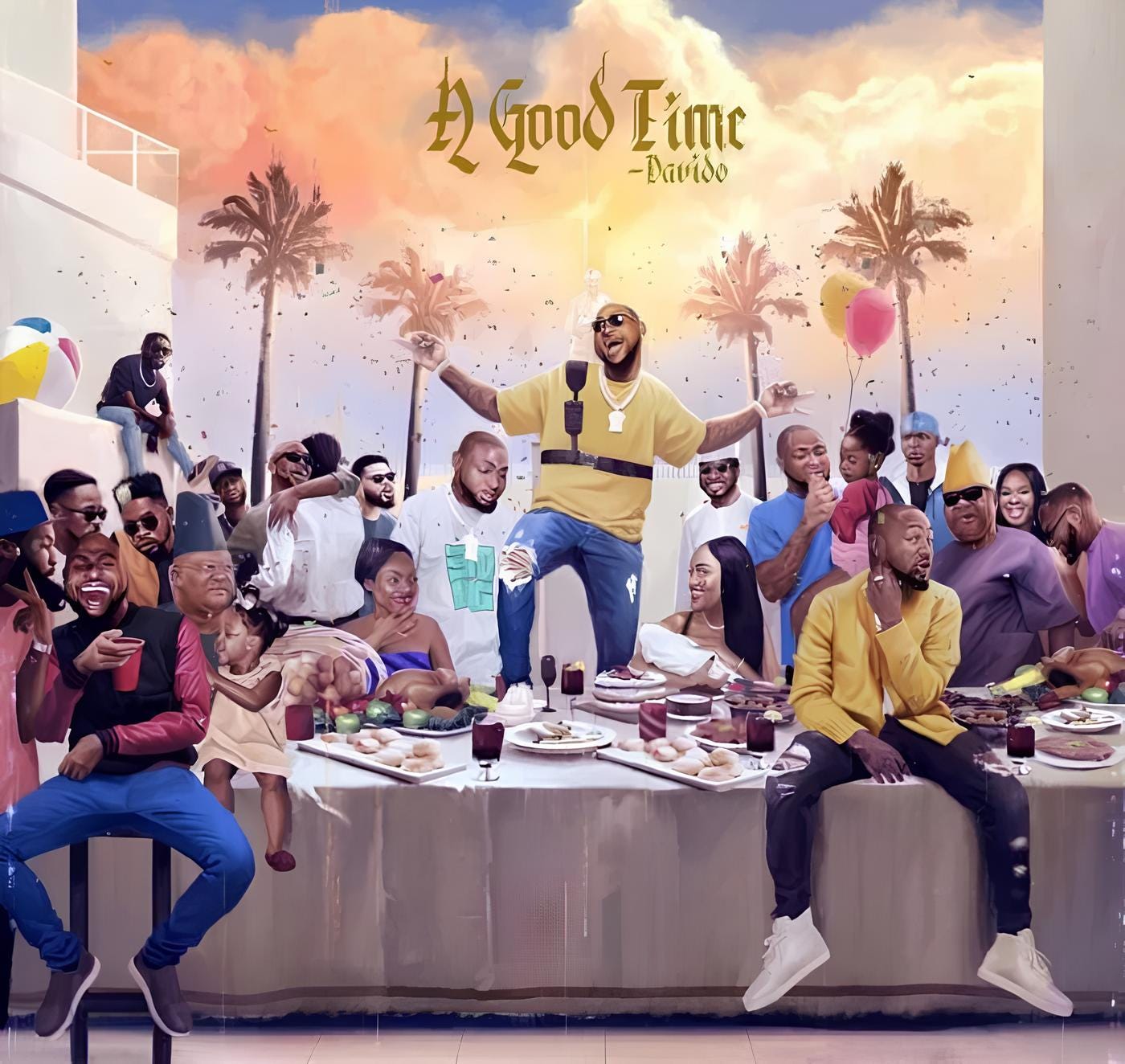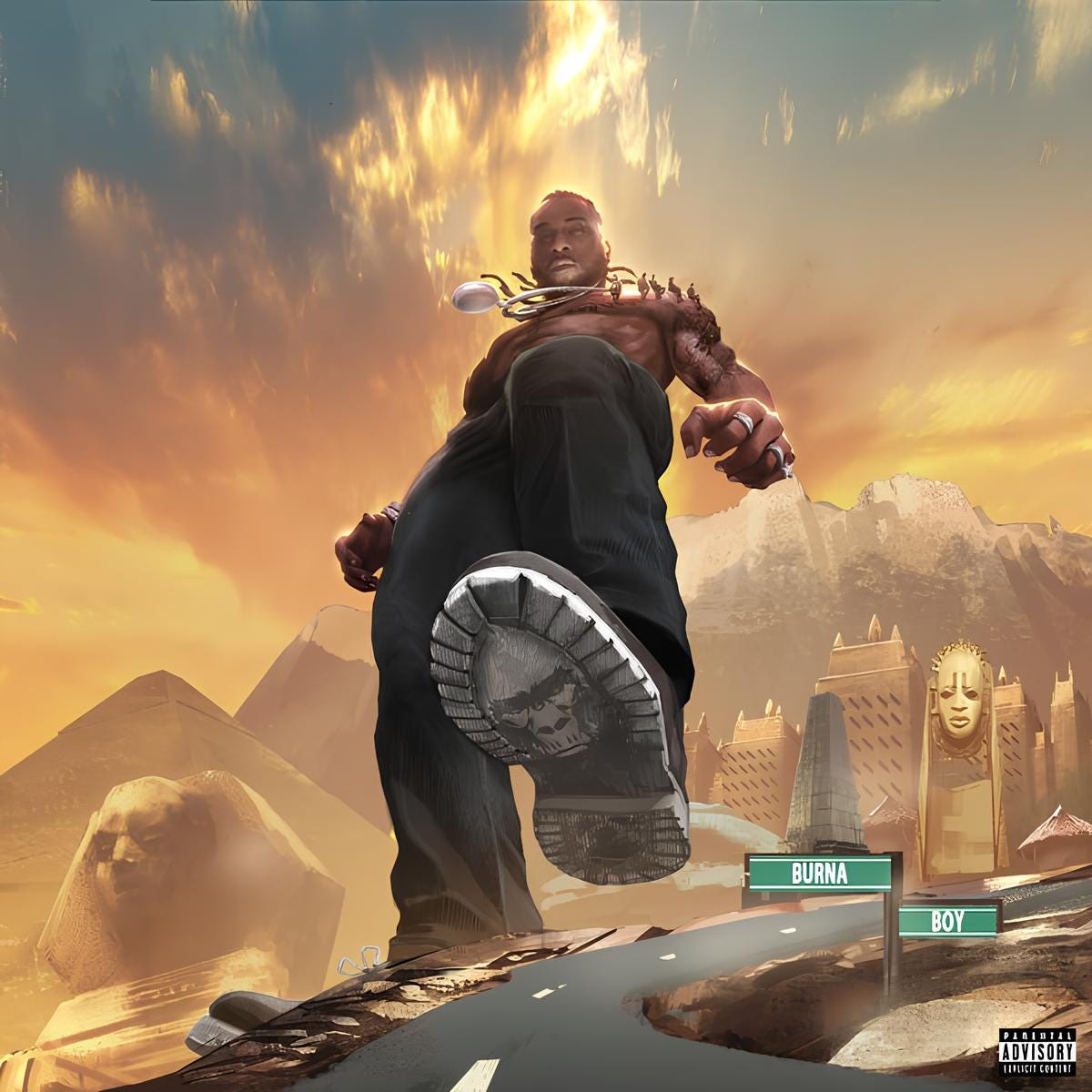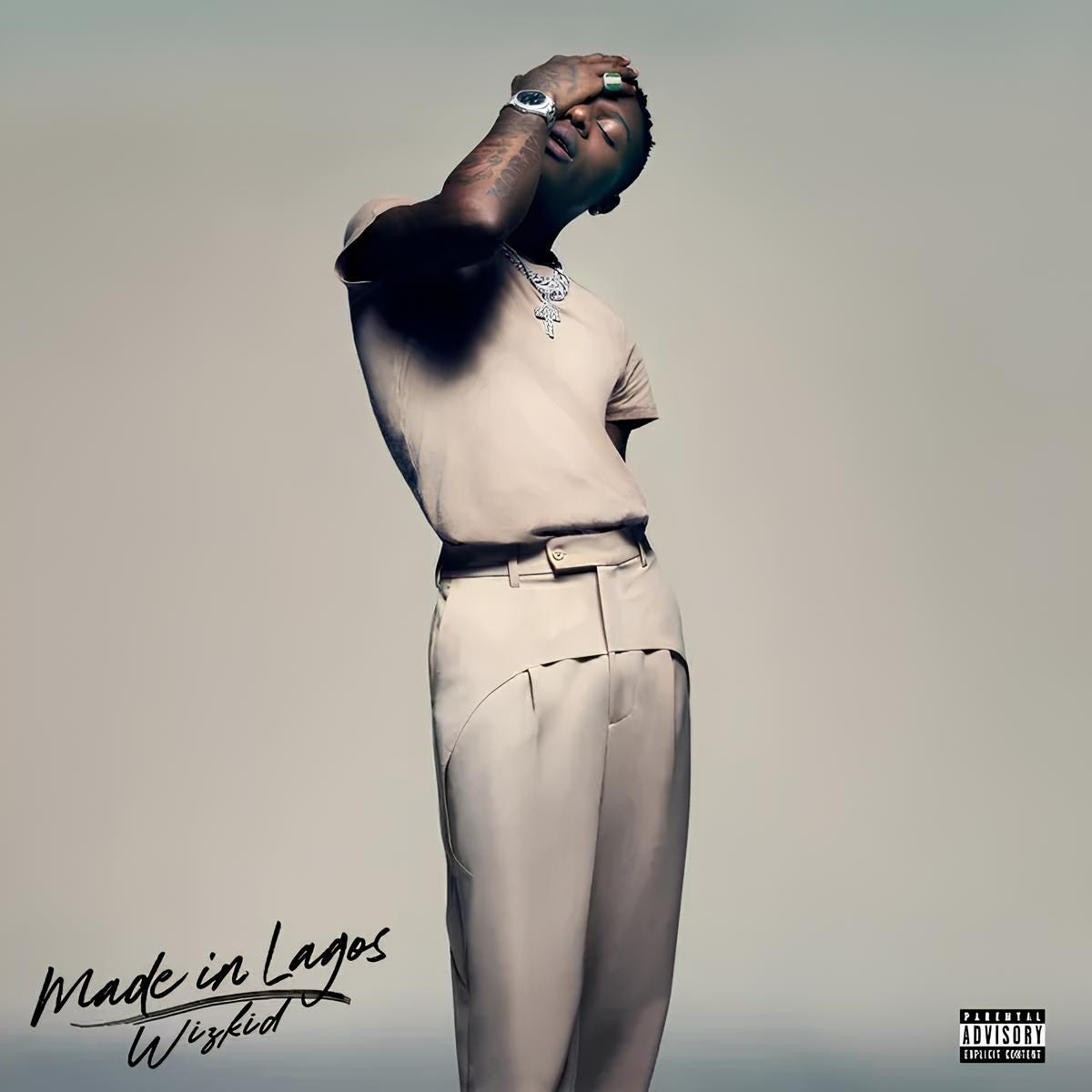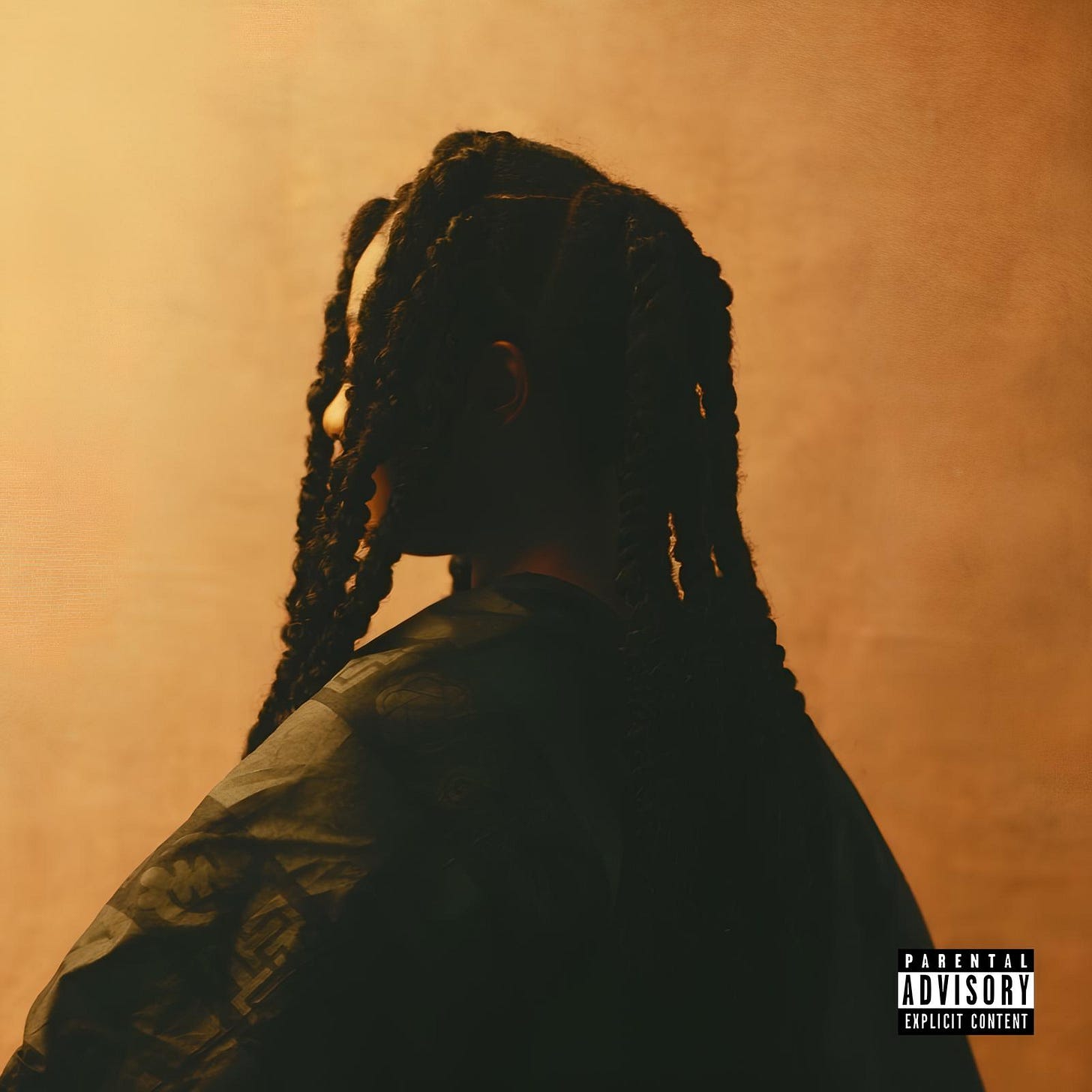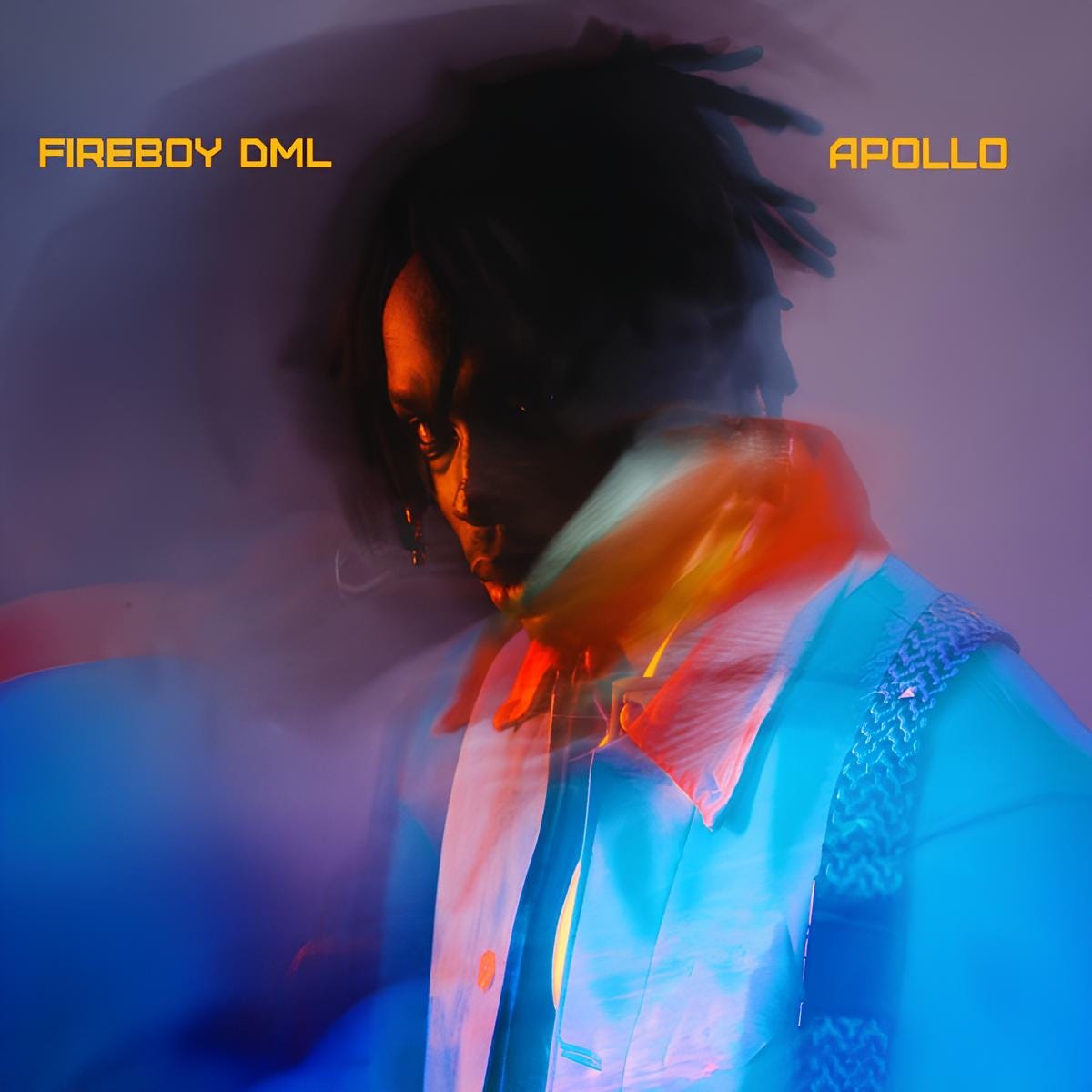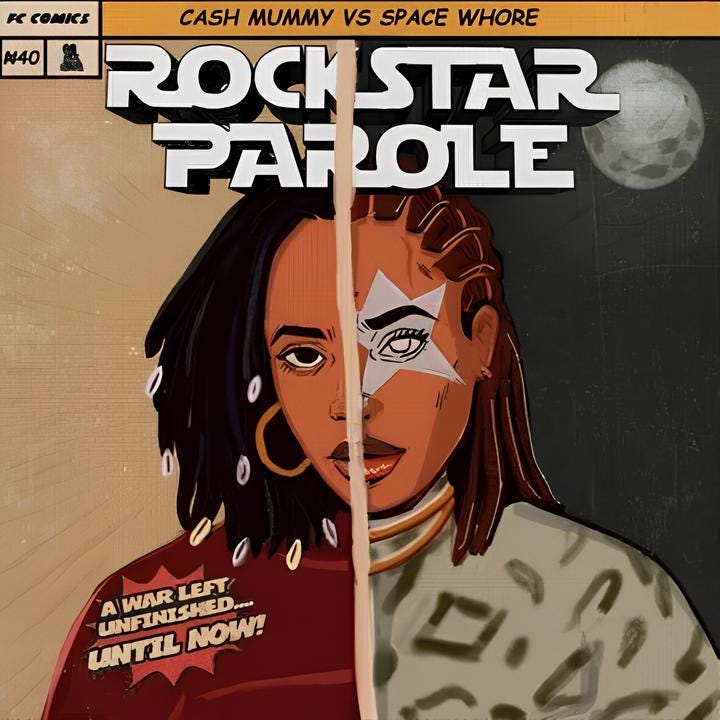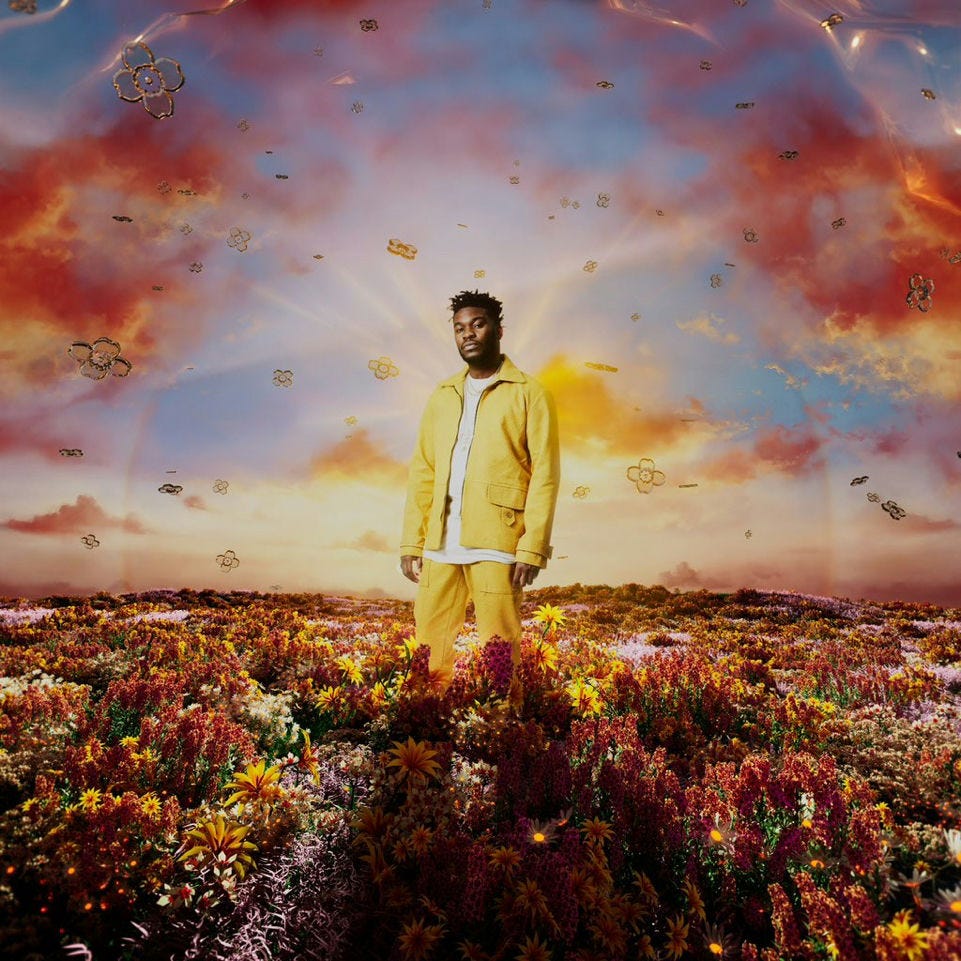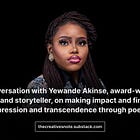How Album Cover Bank is archiving, documenting, and preserving Nigerian album cover designs from 1950 to date
With 5300+ Nigerian album covers—that date back to the 1950s —in its archive, Album Cover Bank wants to establish the history and evolution of Nigerian graphic design in Nigerian music
“I was on sabbatical from work when I started working on the idea that led to Album Cover Bank,” Opemipo Aikomo, the producer of Album Cover Bank, a digital archive of 5300+ Nigerian album covers from 1950 to date, tells The Creatives Note.
At the beginning of the pandemic in 2020, Opemipo decided to work on one of his many ideas while on a sabbatical from his full-time job as the Head of Design at Paystack, the Nigerian fintech company that was acquired by Stripe in 2020.
“I had a lot of ideas I wanted to work on. For example, I wanted to make a feature film, but I couldn’t pursue it at the time, so I decided to work on the idea that eventually led to the Album Cover Bank we have now,” Opemipo explains. “For this idea (originally called AfroMusic), I got two researchers—Tomiwa and Eseosa—to look into the history of Nigerian music from a unique perspective.”
“The project first began as an exploration of the relationship between graphic trends in Nigerian pop culture and their influence on Nigerian music throughout the years,” Tomiwa Ajiboye, one of the researchers Opemipo brought on at the onset of the project, wrote in a Medium post chronicling how Album Cover Bank was built.
“However, during our desk research, we realised that the initial idea was broader than anticipated. After conducting multiple interviews, writing numerous essay drafts, and iterating the idea, we ultimately decided to narrow our focus to curating a database of Nigerian album cover art.”
According to Opemipo, they curated about five databases before choosing to focus on the Album Cover Bank. “It wasn’t just album cover art we curated at first. We curated a database of independent creators, streetwear brands, comic books, and African animations as well,” he shares.
“After a while, I found the Album Cover Bank to be the most interesting to me because, one; I am a graphic designer at heart and the database had a lot of interesting graphic designs and graphic design history, and two; it was a different way to look at Nigerian music—beyond the lens of the musician and the people producing the music we’re used to. It was a way to look at Nigerian music from a design and visual perspective.”
He adds, “It also spoke a lot about how music has been marketed to people over the years.”


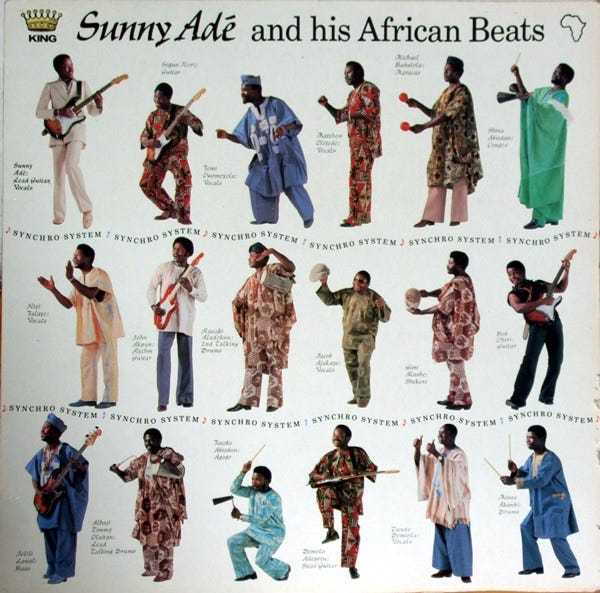


Recognising and Celebrating Nigerian Album Cover Artists
Album Cover Bank set out to serve as an archive of Nigerian music album covers—including albums from as far back as the 1950s. It wants to establish the history and evolution of Nigerian graphic design in Nigerian music and also serve as an alternative lens to look at Nigerian music beyond the musician making the music, according to Opemipo.
For example, you can get an insight into Fela’s music through his album cover arts. Fela Anikulapo Kuti—the man credited with pioneering Afrobeat in the 1970s—was known for making political and social commentary through his songs. In addition to the commentary in his songs, his music cover arts were used to convey some of his messages. The cover art carried visual metaphors that helped communicate the stories in his songs. So, you can tell the subject of most of his songs by just looking at their cover art.

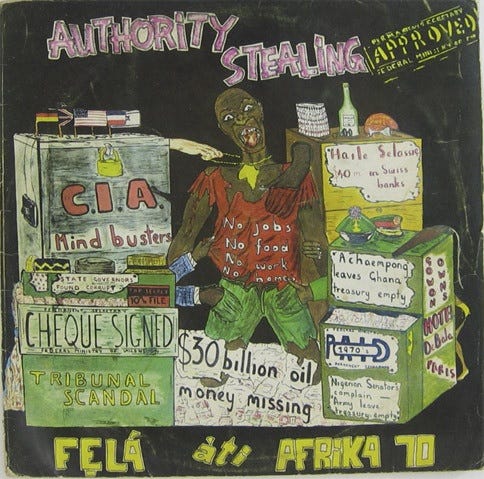

Over the years, the artists/designers who design and create the album cover art of the songs we have come to enjoy are often overlooked and not recognised and celebrated. “We also want to celebrate the album cover artists as important cultural producers,” Opemipo said in a conversation with ItsNiceThat.
“The goal is for Album Cover Bank to become a valuable tool for artists, enthusiasts, educators, and researchers of all kinds.”
In 2023, Chinonso Wilfred, a digital artist and illustrator, wrote an open letter to Hip Hop World Magazine, the organisers of the Headies Awards - a music awards show established in 2006 to recognise outstanding achievements in the Nigerian music industry - to make a case for the inclusion and recognition of visual artists who create cover artworks for the music being awarded.
In his letter, he called for the introduction of a dedicated category to honour and celebrate the talented Nigerian artists who create cover artwork for songs. He argued that music cover artwork significantly impacts the reception and success of music releases and the introduction of this category would be a pioneering moment in African music awards history.
By creating a digital archive of album cover art, Album Cover Bank is playing an important role in documenting seven decades of work, and recognising the visual artists behind these works.
“The archive provides a unique view into the evolution of Nigerian music and hopes to establish the history of Nigerian graphic design through Nigerian music.”
Building and Maintaining the Album Cover Bank
While the 5300+ album covers that have been curated so far are now hosted on the website built by the team—made up of several contributors, the cover arts were initially hosted on an Airtable database. “We initially hosted the album covers on an Airtable database but over time, I realised that the Airtable database would not be good enough to share with the public,” Opemipo shares. “At the time, Tomiwa was trying to pick up web design. So, this served as a great opportunity for him to get practical experience.”
Read Also: 10 African digital products and platforms you should know and use as a creative/creator
Working with the contributors—a team of researchers, engineers, a data analyst, and a designer—they were able to arrive at the current version of the archive which allows you to search and sort album covers by Year, Genre, Artist, and Designer.
“While it felt great to have over 5000 covers stored and displayed on the database, the Airtable website wasn’t intuitive or fun to browse through. It lacked informative content to guide visitors, and we were unable to track website activity effectively,” Tomiwa noted in his Medium post. “Additionally, the filter and sort options that would help visitors narrow down their search to specific factors posed some usability challenges.”
Since launching the website in July (2023), the reception has been great, says Opemipo. He adds that the archive is being maintained by wuruwuru, a collective for independent creators he runs. “Samson and I have been updating and adding new covers to the archive,” Opemipo shares.
An Archival Tool for Design and Storytelling Inspiration
While working on the website, the team got writers to submit pitches for an essay centered around the covers in the database. This contest led to the essay by Immaculata Abba titled: Nigerian 1970s album covers reflected individual and national identities, an essay about the portraits that were used to sell music in the tumultuous, mercurial decade of the 1970s when Nigeria’s primary concern was the construction of national identity, the making and re-making of a country.
“The resulting piece from the contest was the first use case of the database as an archival tool,” Opemipo shares. “The archive provides a unique view into the evolution of Nigerian music and hopes to establish the history of Nigerian graphic design through Nigerian music.”
The Album Cover Bank is also a platform for design and storytelling inspiration. “The goal is for Album Cover Bank to become a valuable tool for artists, enthusiasts, educators, and researchers of all kinds,” says Opemipo.

“I envision the Album Cover Bank evolving into an online portfolio that prominently showcases the remarkable work of cover designers in Nigeria. The project is dedicated to preserving their artistic contributions, and we’re committed to refining our design and enhancing the website’s functionality with better engineering,” Tomiwa wrote in his post.
Opemipo says he hopes it becomes a Wikipedia-like thing that people update and correct if need be. “I hope it becomes something that people enjoy checking out, updating, correcting, and making stories about,” he shares. “It would be great to see artists submit their works because they want to keep it there.”






